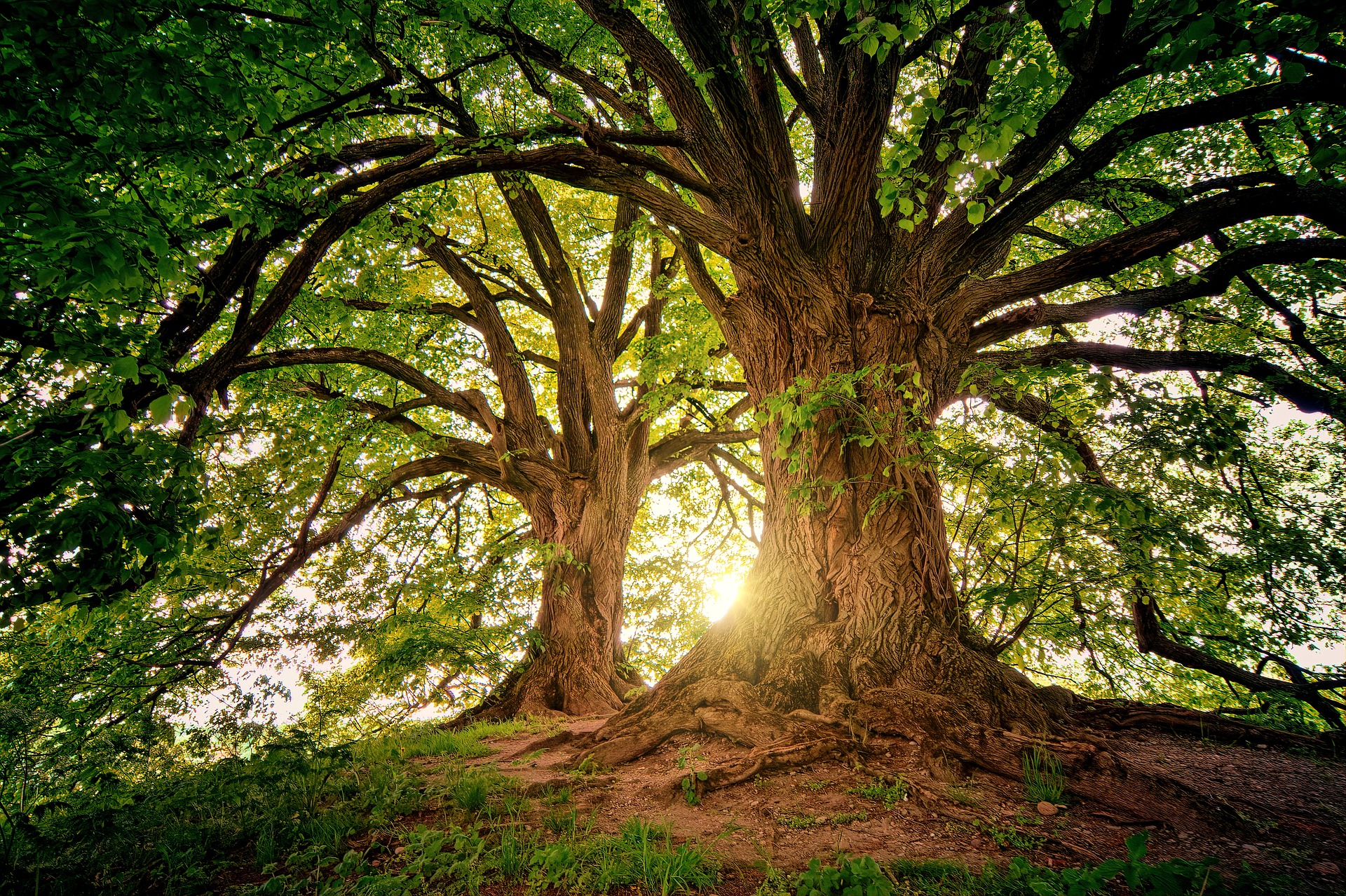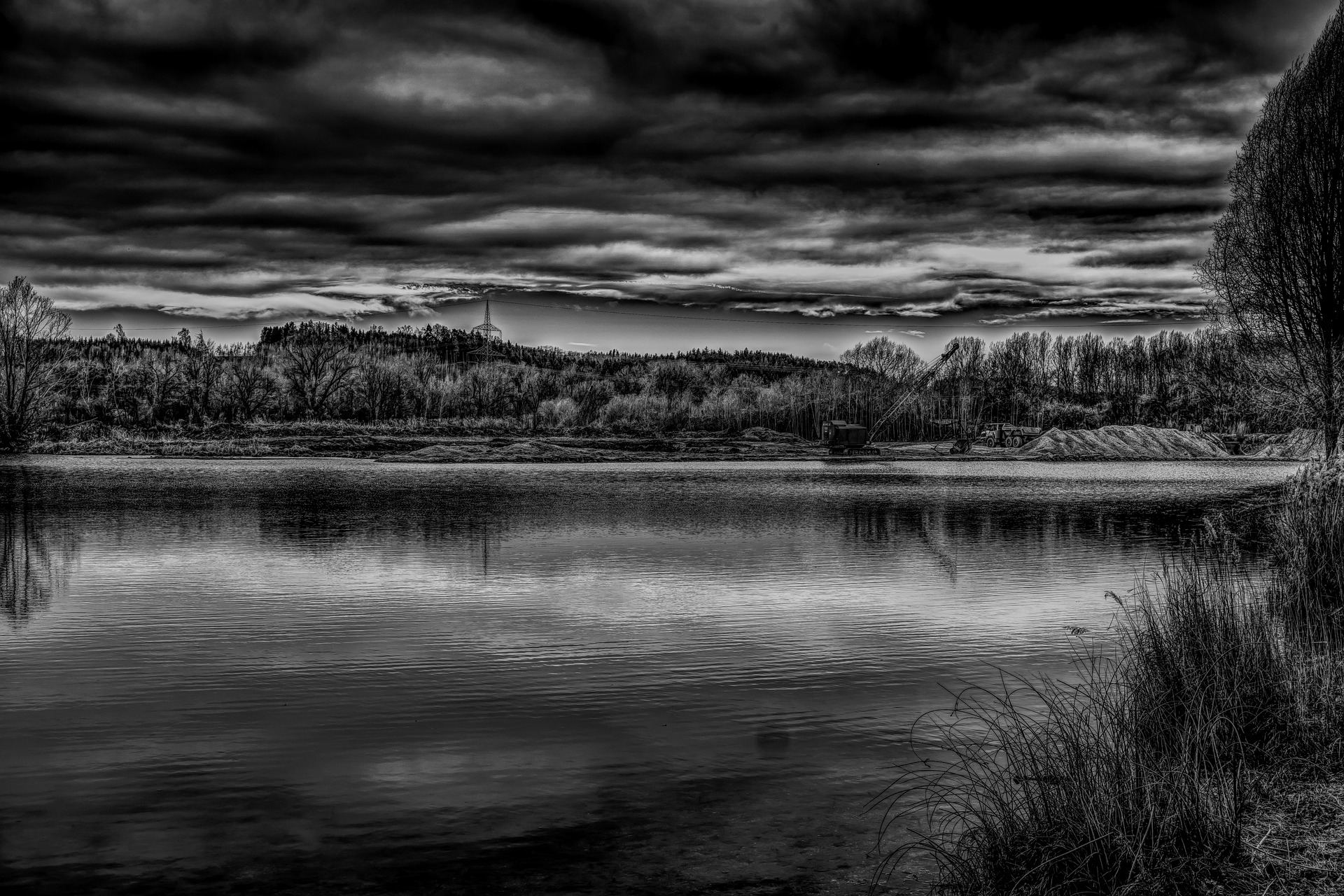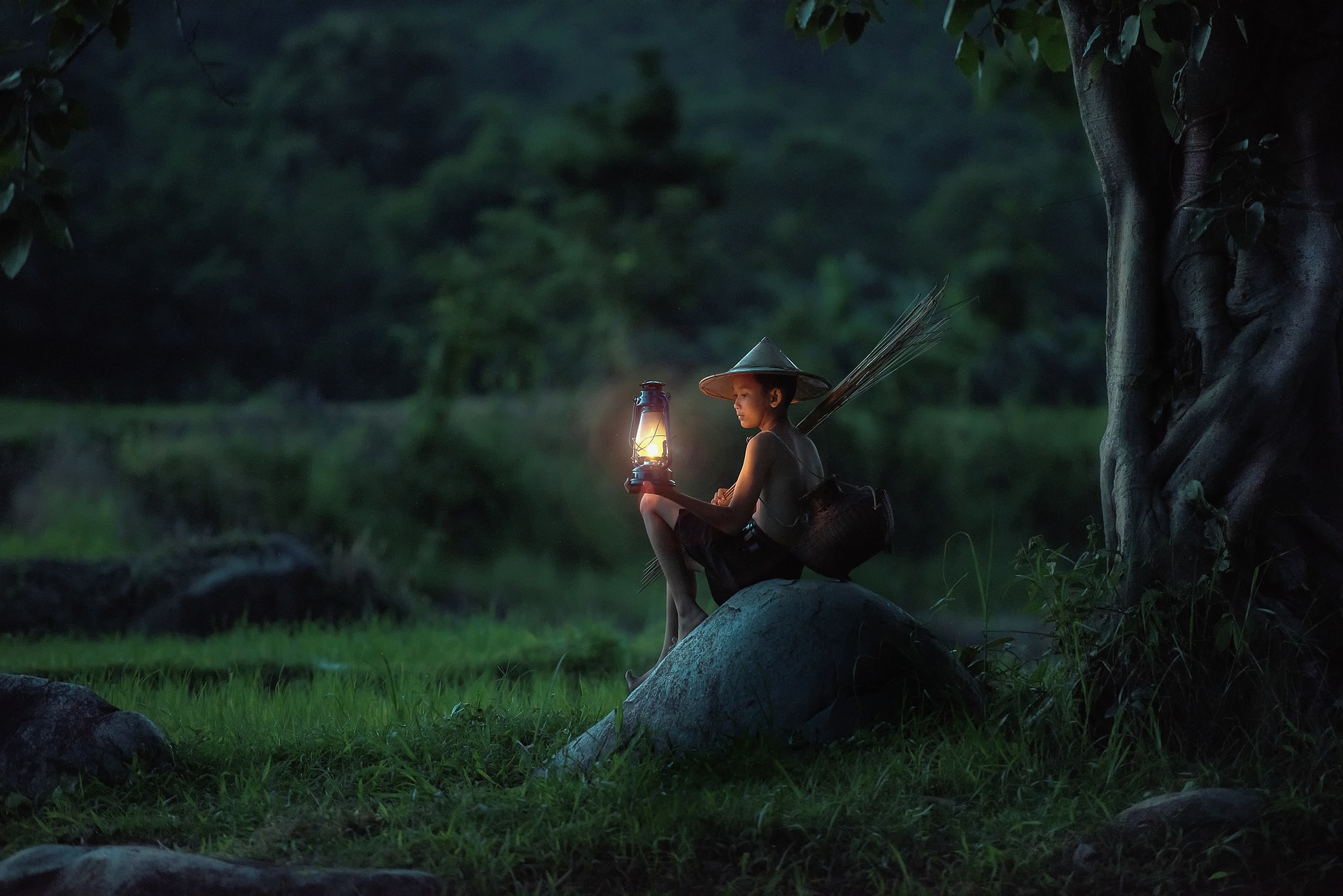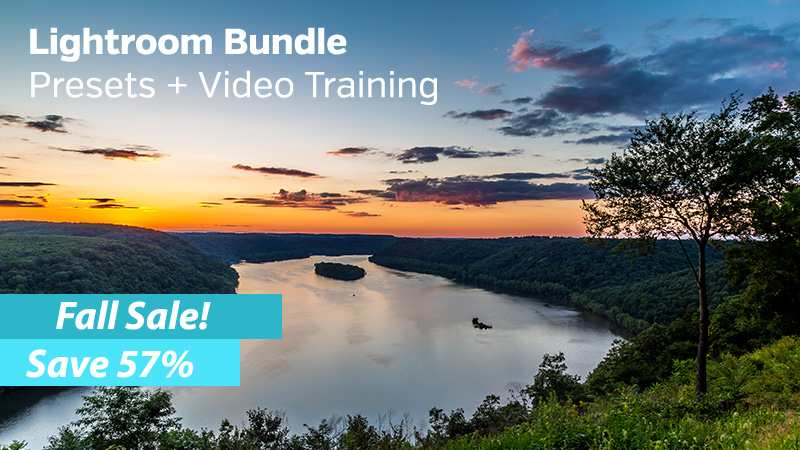More than anything else, the thing that we human beings respond to most is emotion. This is why you will see so many advertising campaigns that feature heart-breaking stories or the cutest puppies and kittens you’ve ever seen. The idea is to make you feel something, which in turn will allow you to engage more fully with the image or video you are looking at.
But how can we create emotion in photographs? Of course, it’s easier to create that response when you are photographing a person. You can capture their smile or their tears, instantly giving the viewer something to connect with.
Landscapes, on the other hand, can be a little challenging.

Photo by Daniel Gelora | Pixabay License
If you want to add emotion into an image which does not necessarily have strong emotional value, then there is one key way to do it: through your use of light.
Light has an amazing power to create something that was not previously there in a frame. It can obviously change the look of your photograph, but it can also make it resonate more with the viewer and even provoke strong feelings. Here’s how to use it to make an impact.
Dark, intense lighting

Photo by Johannes Plenio | Pixabay License
When the overall image is very dark, this can be associated with a heavy mood or a sombre situation. It is often used to show something scary, depressing, sad, or very grave and serious. It can even add an air of mystery, since much of it is concealed within the darkness.
Dark lighting can also feel very powerful and intense, which is why it is great for making a point. You might use dark lighting to photograph a mountain where many climbers have lost their lives for a feature about how dangerous mountain climbing can be. Or, if you have been asked to capture an image about deforestation, you might go for this dark style to shoot an area which has been stripped of trees.
Darker lighting with heavy contrast can also make your work feel more serious. Particularly when combined with black and white toning, it could help push your work into the field of art rather than documentary.
Bright, filtered sunlight

Photo by Johannes Plenio | Pixabay License
The sun is high in the sky, casting long rays of light between the trees. Or perhaps it shines down uninterrupted, except for the shadows of clouds which now dance along the ground. This kind of bright sunlight, best captured in the afternoon or late morning, can have a really airy quality with strong positive connotations.
You will want to use this technique when your image needs to be happy and optimistic. It can even seem ethereal, especially when combined with the right location. Those motes dancing in the air, captured in the rays of light, could easily be forest fairies come to play.
It can also make the scene feel gentle and light – in the sense of being the opposite of heavy. This is good for travel images, advertising how beautiful a location is and how fun it would be to visit.
High contrast

Photo by O12 | Pixabay License
As mentioned above, high contrast black and white images with low lighting can look very serious and professional. There are also other forms of contrast that can make an image have real impact, whether your lighting is high or your colours are left in full colour.
High contrast is very dramatic. It’s a good idea to use your camera flash or to shoot on a very sunny day if you want that high-level contrast. It can make the scene look all the more intense and sharp. It can even be used to make a scene appear ‘loud’.
When thinking about the best uses for high contrast photography, we tend to imagine those who do it well. Martin Parr is a name that comes easily to mind. His use of contrast can show us just how trashy and vibrant real life can be – giving us both the realism and the drama. You can also use it to make a dramatic landscape, such as a rock formation or mountainside, look even more punchy.
Low contrast

Photo by StockSnap | Pixabay License
Diffused light can help us to create low contrast images, which can be just as powerful as high contrast images in their own way. An overcast day will work well to give you this effect naturally.
Low contrast images tend to be understated and muted, and won’t scream for attention. However, this subtle approach works well for gentle scenes such as fields and meadows, and in magazine layouts where the images want to complement the text instead of competing.
The use of low contrast light can even give an impression of how the location feels. If you are shooting a gentle field where the only noise to be heard is the wind sighing softly over the grass, then low contrast will work perfectly to bring the viewer right there with you.
Using directional light

Photo by Sasin Tipchai | Pixabay License
So far, we have talked about the type of light you should use. But what about the direction of the light? This can also have a big impact on the way that your image is perceived.
A great example of this is using light to highlight something. Perhaps there is a lone tiger roaming across your landscape in search of prey, casting around for a scent to help it stalk something for dinner. You have your image set up, and you wait – and press the shutter just as the tiger steps into a shaft of light coming sideways across your frame. That light hits the tiger’s face and highlights it, making the tiger stand out against the rest of the landscape and imbuing it with almost mystical properties.
This is just one example of how directional lighting can really change the impact of an image. There is no hard and fast rule, because the direction will also be affected by the type of light and what it hits as it cuts across your frame. Is it bursting like a star directly into your lens? Does it filter sideways through tree trunks in shafts? Has it been diffused to only lend a soft glow to one side of the image?
Consider directional lighting when you are setting up your frame. Could you wait for the golden hour, or for the sun to shift to a different angle in the sky, for better results? This might change your landscape photography game completely.

Photo by Chris Yang | Unsplash License
There are lots of ways to use light to create emotion in your photography, even when you are only shooting landscapes. Consider the purpose of your photograph, and ensure that the mood you create matches it well for the maximum impact.
Photo license links: Unsplash, Pixabay
